What Is Cardano; Everything We Need To Know About Cardano And ADA Codes
Cardano Is A Decentralized, Third-Generation Cryptocurrency Platform That Rivals Ethereum. The Digital Currency Of The Cardano Network Is Called ADA And, Like Other Cryptocurrencies, Can Be Used To Transfer Value Directly.
Cardano, With the increasing advancement of technology and its integration into people’s lives, cryptocurrencies have become the focus of attention more than ever; Because they can attract investment and transform the world financial system by using the latest technology.
Meanwhile, Cardano and its cryptocurrency network ADA, with its new technology, development, and sustainable development, intends to overcome the problems of other cryptocurrencies, introduce itself as the future of the financial system and become a valuable competitor to Ethereum.
In this article, we are going to introduce these cryptocurrencies and describe the detailed history of the origin and technology and how this currency works.
What is Cardano?

Cardano is the third-generation blockchain and decentralized development platform (Dapp). The platform is the first blockchain to incorporate a peer-to-peer research strategy into its core principles and has attracted the attention of the international media and investors.
Today, Cardano digital currency, ADA, is one of the top and most cohesive cryptocurrencies in the world, and investors and analysts often refer to Cardano as the third generation of cryptocurrencies. The first generation of digital currency was created with the introduction of bitcoin, and the king of cryptocurrencies introduced the world to a decentralized and secure cash system.
Shortly after the release of Bitcoin, Ethereum entered the field with a general focus on decentralized application development and smart contracting.
This was the goal of second-generation cryptocurrencies, and dozens of other cryptocurrencies were launched with similar goals, following Ethereum.
Ethereum continued to face problems such as scalability, transaction fees, and currency transfer times, with the introduction of new concepts and the undeniable impact of improving cryptocurrencies; Therefore, it was not long before the third generation of digital currencies was introduced to address these problems.
In other words, cryptocurrencies of the third generation borrow lessons learned from the concepts of bitcoin and Ethereum and improve their shortcomings.
Third-generation cryptocurrencies such as ADAs have new enhancements such as layered architecture to improve scalability, security, and stability. In this way, they are more useful than their spiritual fathers, correcting imperfections and correcting inefficiencies.
Cardano is different from its competitors in many ways.
Unlike other currencies, Cardano borrows its nature from academic research. The design of this platform has been institutionalized from the beginning using evidence-based methods based on scientific philosophy, academic theory, and has been made available to the public through studied research. Interestingly, Cardano is named after the famous Italian physician Girolamo Cardano.
He changed the world in some way after the first systematic calculation of probabilities, and his legacy is still of particular importance over the years.
Cardano uses Orobrus stock-proof technology. Bitcoin, on the other hand, uses a proof-of-work system (fully explained below). In the proposed mechanism, Cardano uses the first blockchain entry and the longest ones with the highest computational power to determine the authentication.
Cardano uses only the first blockchain, after which the chain is honestly proven locally without the need for a trusted party. On the Cardano platform, ADA is present in the solution layer.
This layer is similar to Bitcoin and tracks transactions.
The second layer is the computational layer and the Ethereum -like layer, enabling smart contracts and applications to run on the platform.
In particular, Cardano uses design principles that are very useful for improving the issues faced by other cryptocurrencies, such as scalability, interoperability, and regulatory compliance (described below). As mentioned, the governance system used in Cardano is similar to that of Ethereum.
The network relies on a decentralized autonomous organization (DAO) to approve new initiatives. The DAO is ideal for deciding the future of cryptocurrencies; Because it helps prevent the disintegration of society.
History of Cardano
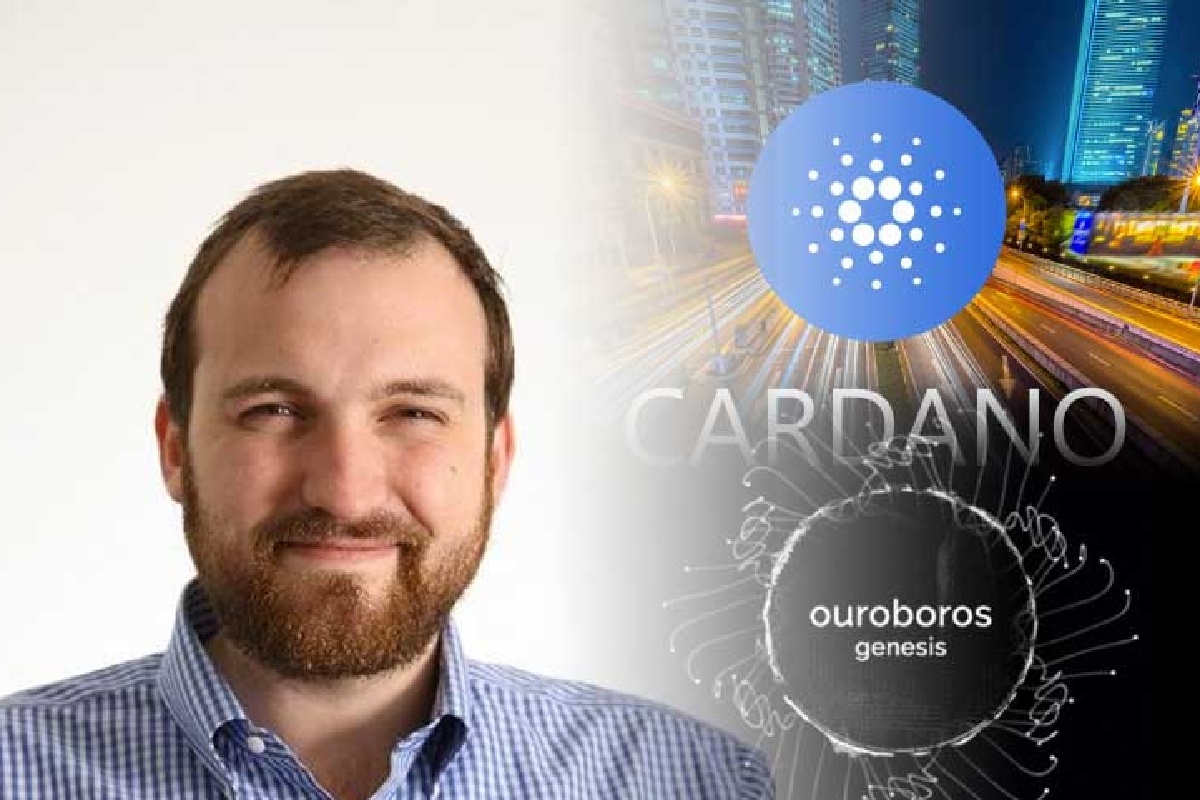
Cardano was launched in 2015 as a cryptocurrency network and open source project to implement a blockchain platform for smart contracts, and on September 29, 2017, it was launched by Charles Hoskinson, one of Ethereum ‘s former founders.
Launched on the main network. The project is being developed by the Cardogo Foundation based in Zug, Switzerland, and the IOHK and Emurgo companies.
According to Hoskinson, he left the foundation after a disagreement over keeping Ethereum non-profit. Following his departure, the IOHK Foundation, a blockchain engineering company, and Cardano developer was established alongside the Cardano and Emurgo Foundation.
It was not long before Cardano attracted a lot of attention due to his innovations in language and VM (virtual machine) design.
In fact, Cardano’s distinguishing capabilities were a direct response to the problems that arose in the Ethereum network.
Cardano initially offered the initial coin (ICO) to raise funds. The platform was able to raise approximately $ 62 million from a global audience and raise funding to expand the ADA ecosystem.
On September 29, 2017, Cardano launched its first program on the main network. This was the beginning of a successful journey for the team. In 2019, Crypto Cardano, known as ADA, was launched at the Hobby Exchange.
At the time, Hubei was China’s largest digital currency exchange, and the addition of ADA to the exchange could certainly be a turning point in advancing the development of cryptocurrency.
Shortly after Hobby, Binance, as the world’s largest exchange, began supporting ADA in its transactions, and as a result, the price of these cryptocurrencies increased dramatically.
ADA Crypto borrows its name from nineteenth-century mathematician and the world’s first computer programmer, Ada Lovelace. Crypto initially started with a market cap of $ 600 million, and at the end of 2017, this figure increased to $ 10 billion, and after a short time in 2018, it reached $ 33 billion.
At the time of writing, Cardano is now in third place with a market volume of more than $ 40 billion. In total, 45 billion ADAs will be issued and more than 31.9 billion of them are currently in circulation.
Cardano Development Team
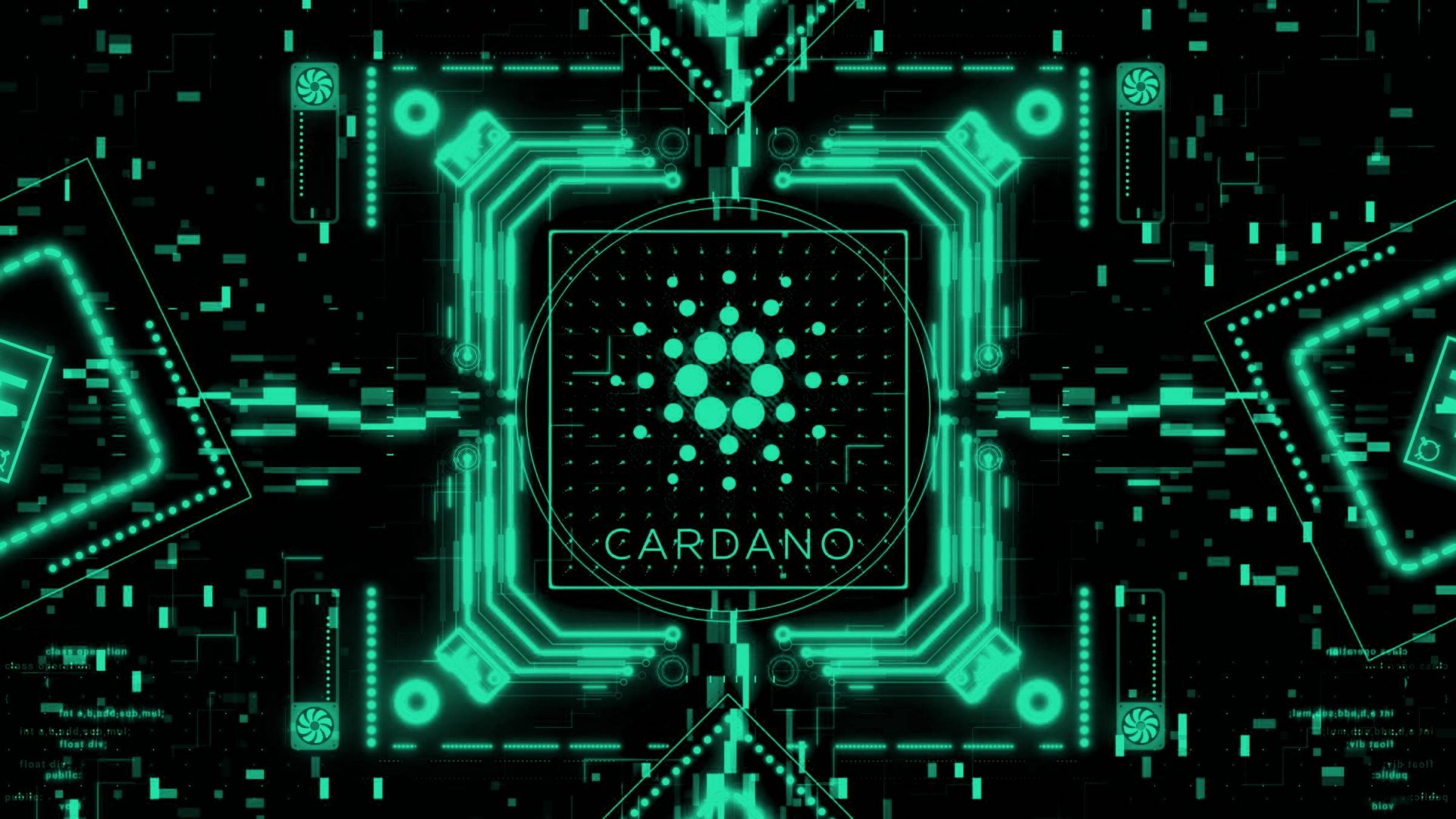
Cardano uses a decentralized team of developers. These developers work in three independent entities. Importantly, they use established standards to ensure interoperability in the ecosystem, and each team is required to provide project support. Currently, there are three foundations responsible for developing Cardano, which we will discuss below.
The first and most important developer of this platform is the Cardano Foundation, which is a non-profit organization. This foundation protects network protocol technology and ensures its performance. In addition, they increase sector standardization for greater cooperation.
IOHK is another science and engineering company that develops technologies in the Cardano network.
They also design and maintain these protocols through a two-pronged approach. Initially, the team researched the basics of cryptocurrencies to uncover key concerns.
These topics include theoretical discussions on the best consensus algorithms and privacy protocols, and after completing these steps, the engineering team begins the development process. To accomplish this task, the team incorporates formal methods uniquely. This strategy adds a layer of approval to Cardano.
The last piece of the ADA riddle is the Japanese company EMURGO. The team focuses on business ventures and how to advance the use of blockchain technology in the industry.
Applications of Cardano Ciphers
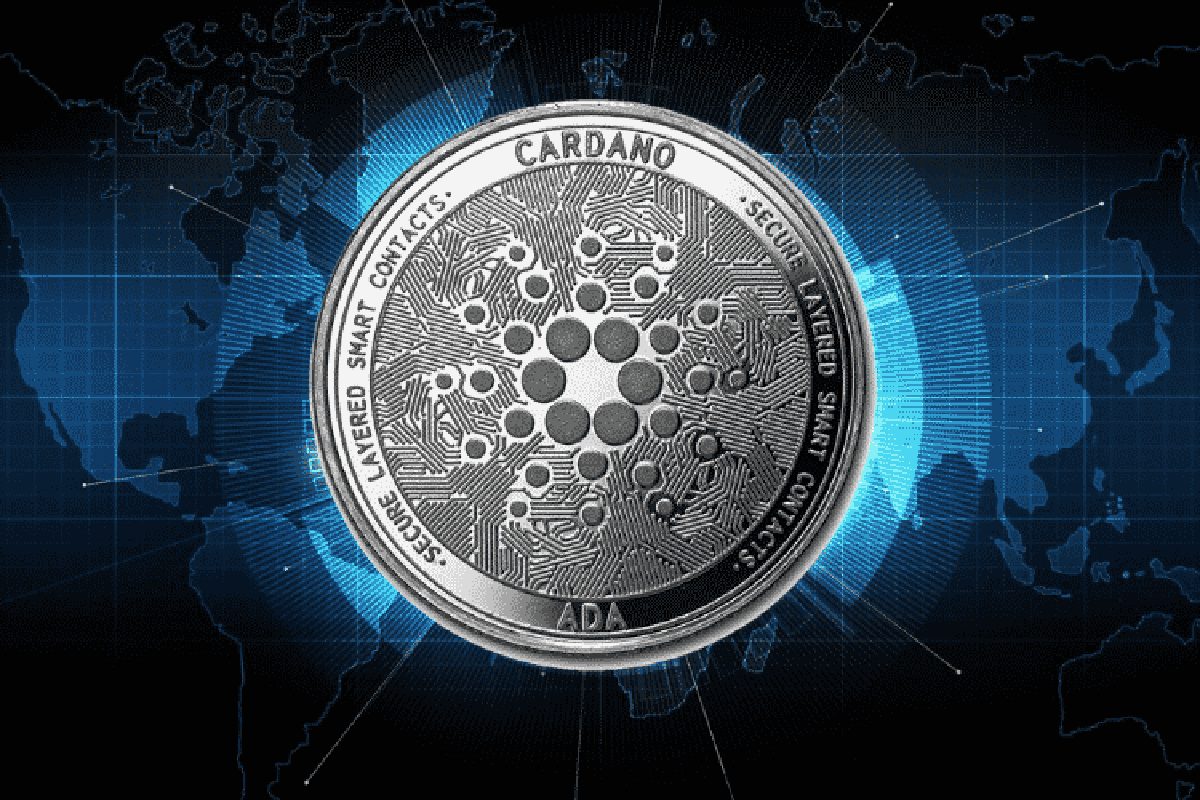
Cardano has always had an active development team, and the developers have important and weighty goals to implement in this project. To that end, the world-class Cardano team seeks to restore confidence in global economic systems by integrating its indigenous technologies.
In particular, it introduces a safer, more transparent, and sustainable way of doing business internationally. Another of Cardano’s goals is to help stabilize the decentralized program sector.
The platform focuses on security and sustainability, which applies specifically to decentralized applications, systems, and communities.
Like most blockchains, Cardano is decentralized and is not controlled by any authority. Instead, smart trades and contracts are approved by the association with the help of computing power.
The developers acknowledge that Cardano’s development roadmap and vision provide a more balanced and stable ecosystem than its competitors that can meet the needs of users as well as other integration-tracking systems.
As the third generation of cryptocurrencies, Cardano is trying to tackle some of the common issues facing the use of blockchain on a large scale. These issues include the scope of the blockchain, such as scalability, interoperability, and sustainability.
Cardano seeks to overcome these issues by developing design principles and best engineering practices.
In its early days, this cryptocurrency was only able to perform about 10 transactions per second (fps). However, Hoskinson recently published an article detailing the solution to the new scale for the Hydra network. Hydra is a two-tier scaling solution that uses government channels to process out-of-chain transactions.
Using this technology, Cardano can process more than one million transactions per second, and this is a significant improvement for these cryptocurrencies.
There are thousands of digital currencies on the market today, each with its own characteristics, benefits, and ecosystem. Cardano strives to bring standards to market to enable interoperability between networks.
These systems include blockchain governance models, system upgrade protocols, and a host of other features.
Blockchain interoperability permissions introduce a new set of risks that developers must manage properly. These concerns relate more to regional security issues, and Cardano likely intends to manage himself properly.
Currently, the platform meets the standards of privacy management and security, and decentralization.
In what language is Cardano written?
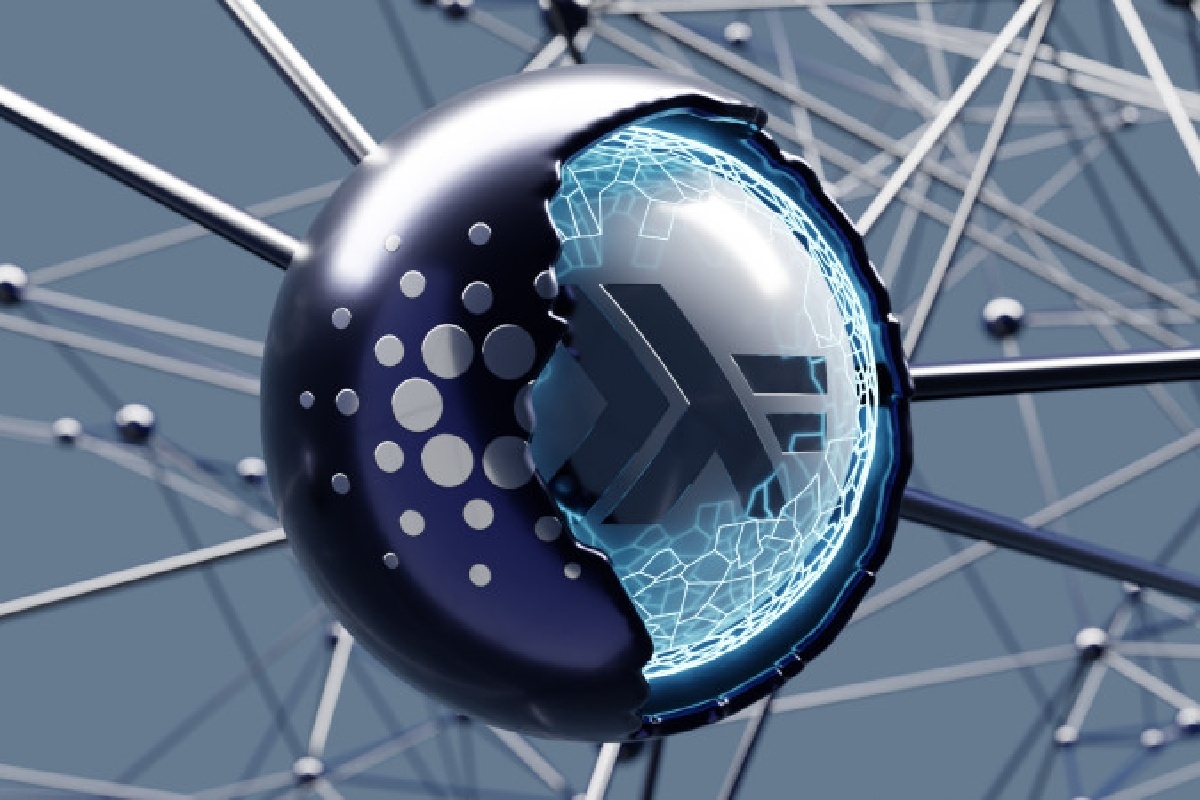
Cardano is programmed in Haskell and its intelligent contracts are coded in Plutus. To understand why such an approach is unique, we need to better understand some principles about programming languages. When it comes to programming languages, they are categorized into essential and practical programming.
Essential programming languages
In an essential approach, the encoder must follow all the steps that the computer takes to achieve a goal. All traditional programming languages such as C ++, Java, and even Solid programming languages are essential. This type of approach is also called algorithmic programming. Now let’s break down an example. Suppose we check C + and want to add 3 and 5.

Therefore, as you can see in the example above, the collection process goes through several stages, and each stage is constantly changing the status of the program; Because they all run separately.
The steps of each four-step collection process are:
- Declare the integer a and assign the value 5 to it
- Declare the integer b and assign a value of 3 to it
- And Declare an integer c
- Add the values of b and store them in c
Cardano Application programming languages
The second family of programming languages is application languages. This style of programming is designed to provide a practical approach to problem-solving. This type of approach is also called declarative programming; But how does application programming really work?
Suppose there is a function f (x) that we want to use to compute a function g (x) and then we want to use it to work with a function h (x). Instead of solving all the cases in a sequence, we can add them all in a single function like this h (g (f (x))).
This makes the applied method easier to argue mathematically; For this reason, applications are supposed to be a more secure approach to building smart contracts
. It also helps to simplify formal verification, which almost means that it will be easier to prove mathematically and its work and process. This feature will equip Cardano with a highly reliable code.
Let’s take an example of this fact and see why in some situations it can be so vital and even life-saving.
Suppose we are programming to control air traffic. As you can imagine, the coding of such a system requires a great deal of care; Therefore, we cannot blindly encode anything when people’s lives are in danger.
In situations like this, we need code that can be proven to work with a significant degree of mathematical certainty. This is exactly why the practical approach shows its importance, and consequently, Cardano uses Haskell to encode the ecosystem and Pluto to encode its smart contracts. Haskell and Pluto are both functional languages.
Some of the advantages of the applied approach are as follows:
- Helps to create very secure code; Because it is easier to prove how the code behaves.
- Increases readability and maintainability; Because each function is designed to do something specific, the functions are also independent of the government.
- It is easier to break the code and it will be easier to make any changes to the code. This makes duplicate development easier.
- Individual functions can be easily separated, making them easier to test and debug.
Despite the advantages mentioned, the programming languages also have problems. For example, finding a Haskell developer is much more difficult than finding C ++ and Java developers and must be extensively tested in real-life situations.
Cardano Blockchain Browser

Blockchain Browser allows users to access various transaction details at wallet addresses and specific blockchains, including transaction amount, resources, the destination of funds, and transaction status.
They can also be used to access almost any data such as people with the most assets and hidden messages. From this link, you can access Cardano’s blockchain browser and view the status of transactions by entering your wallet address.
Cardano Contracts
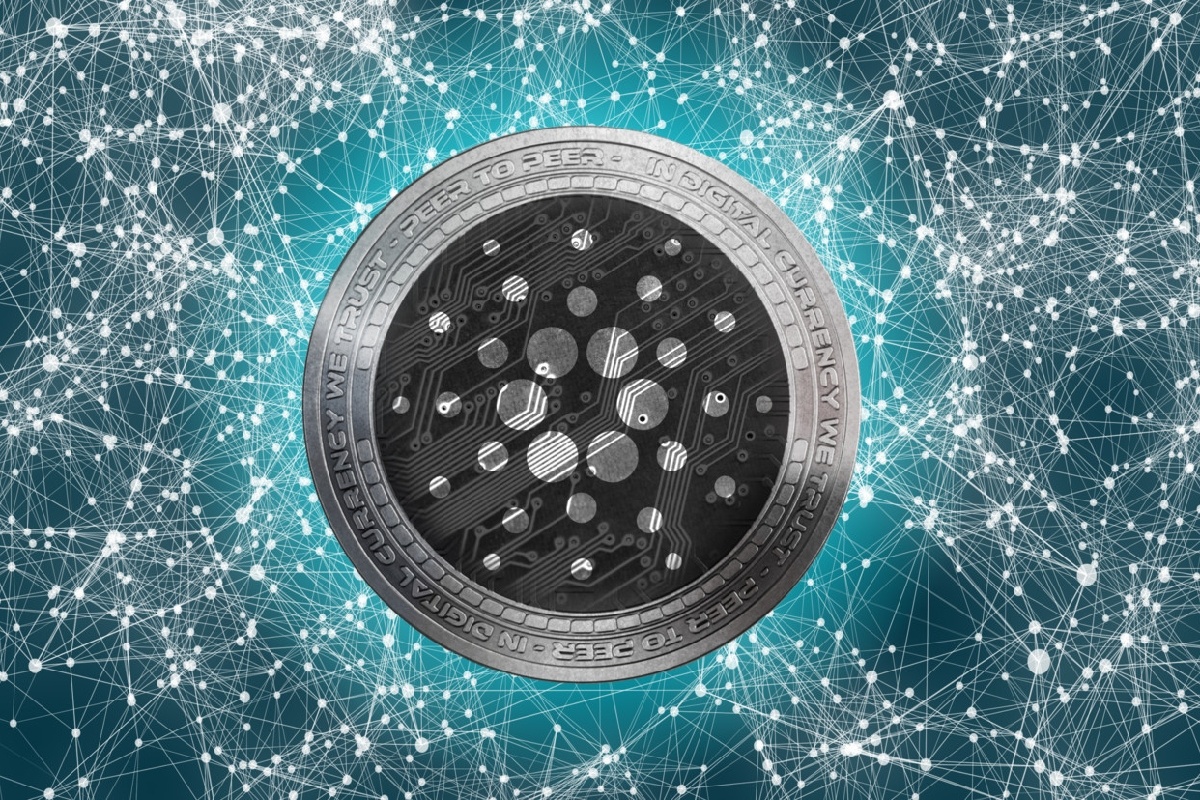
In 2017, IOHK helped the University of Edinburgh set up a blockchain technology lab. Then in 2019, Georgian Education Minister Mikhail Batiashvili and Charles Hoskinson signed a memorandum of understanding with Tbilisi Free University to use Cardano to build the accreditation system.
And In 2018, Cardano partnered with the Ethiopian government to enable Cardano to apply its technology in a variety of industries across the country.
The IOHK (Cardano Development Company) donated $ 500,000 worth of ADA ciphers to the University of Wyoming to support the development of blockchain technology.
The New Balance shoe manufacturer will use a distributed office blockchain to track the authenticity of its latest basketball shoes.
The platform will be built in Cardano blockchain.
Cardano’s team has set out a roadmap to create a vision for the future and strives to adhere to some principles and philosophy. The focus of this team is on accepting a set of design principles, best engineering methods, and ways of exploration.
The following are some of these principles and are taken directly from Cardano’s website:
-
Separation of accounting and calculation into different layers
-
Implement key components in highly modular performance code
-
Using small groups of academics and developers to compete with peer-reviewed research to develop a peer-to-peer platform.
-
Extensive use of interdisciplinary teams; Including the early use of security professionals
-
Rapid repetition between white papers and implementation and new research will be needed to correct the findings during the review.
-
Ability to upgrade systems after deployment without disrupting or destroying the network
-
Develop a decentralized budget mechanism for future work
-
A long-term vision for improving the design of cryptocurrencies for use in smartphones and creating a logical and secure user experience
-
Bringing shareholders closer to the platform and keeping their passwords secure
-
Authentication requires accounting for multiple assets in the office
-
Abstract Transactions include optional metadata to better match the needs of older systems
-
Learn and be inspired by almost a thousand altcoins by accepting features that make sense.
-
Adopt a process following the standards and inspired by a special group of Internet engineers using a dedicated base to lock the final protocol design
-
Create a healthy environment for regulating interaction and trading without compromising some of the key principles inherited from Bitcoin
From what has been said, Cardano seems to have long-term development goals, and the evidence suggests that his development team is very determined to overcome the difficulties.
Taking a quick look at Cardano’s philosophy, let’s look in detail at the three main elements and challenges that this team is working to address.
Element number one: scalability
When it comes to scalability, it usually comes to mind the transactions processed per second or its power. However, according to Hoskinson, this is only part of the problem. The whole scalability of the so-called dragon is easy and can have much wider dimensions. One has to look at three separate elements, including per-second transactions, network throughput, and data scaling.
Cardano scalability
Many articles have been written about the lack of operational capacity in Bitcoin and Ethereum. Bitcoin manages 7 transactions per second and Ethereum 15 to 20 transactions, and this is not acceptable for the financial system at all. Cardano hopes to solve this problem with his consensus mechanism, Ouroboros.
This is a reliable stock-proof algorithm. As mentioned, Orobrus is a stock-proofing algorithm, and before we go into more detail, we need to get acquainted with the concept of proof-of-work and stock-proofing and their differences.
Work Certificate (PoW)
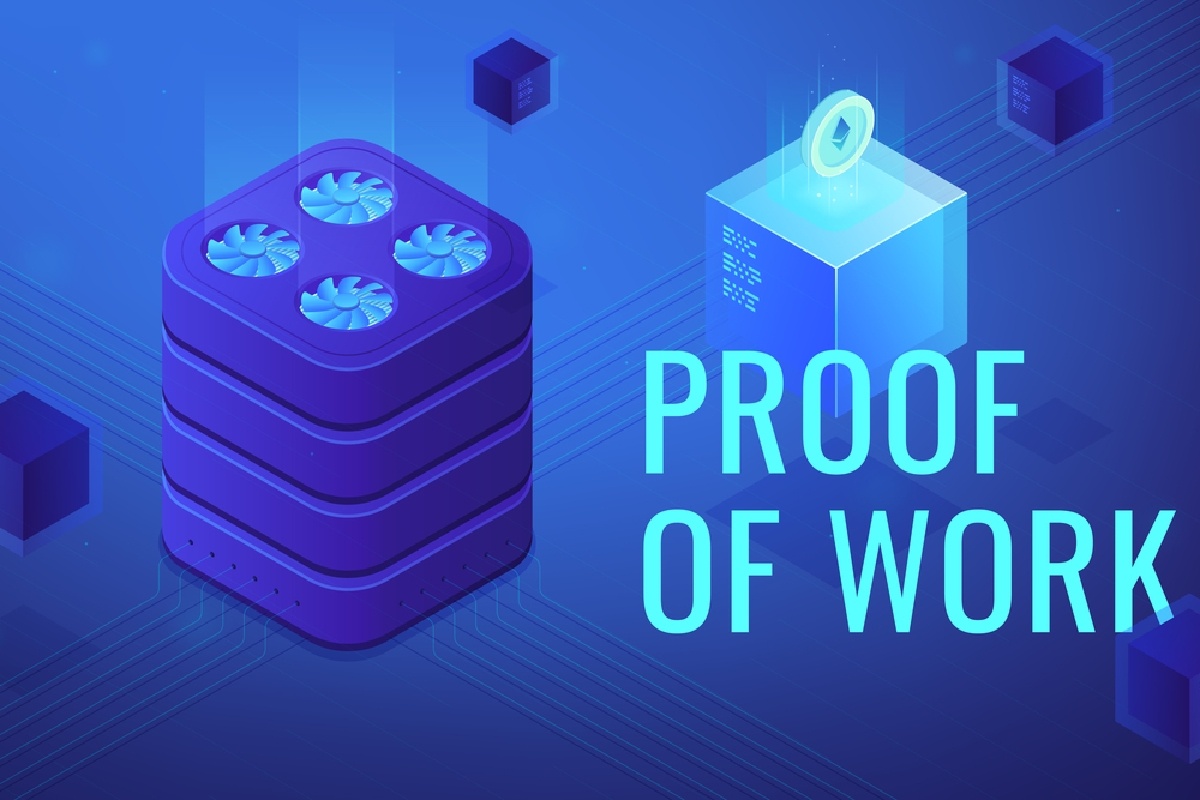
The Proof of Work (PoW) protocol is a type of zero-proof cryptographic proof in which one party (the proofreader) proves to the other (verifiers) that a certain amount of computational effort has been expended to achieve positive goals. Subsequently, approvers can measure and validate these correct goals with minimal effort.
In 1993, Cynthia Dwork and Moni Naor developed the concept as a way to prevent denial-of-service attacks and another misuse of services such as spam on the network.
Finally, the term proof of work was first coined and formalized in a 1999 article by Marcus Jacobson and Ari Jules.
Bitcoin, by establishing the world of cryptocurrencies, chose the proof-of-consensus algorithm to secure the security of the blockchain network and counter malicious targets, and accordingly, the miners (miners) must prove their integrity by producing the most rigid power to produce each block.
In a way, miners prove their intentions and help maintain their security by providing their hardware to the network, and will be rewarded by solving intensive computational puzzles and validating transactions.
Now suppose a malicious person intends to take over the network.
To achieve his goals, he must have more powerful hardware than all the active miners in the network, and this is almost impossible in the current situation.
In other words, in what is known as a 51% attack, a hacker must have 51% of the network hardware capacity.
In general, the proof-of-work mechanism is very efficient; However, due to the need for powerful extraction hardware, it struggles with important problems such as high energy consumption and, consequently, an undeniable impact on the environment; Of course, it should also be noted that this energy consumption is much more efficient than the current banking system.
Stock Evidence (POS)

Proof of Shares (PoS) is another type of consensus mechanism by which the cryptocurrency blockchain network obtains a distribution agreement. In stock-based cryptocurrencies, the builder of the next block is selected through a variety of conditions, such as random selection and wealth or age.
In stock proofing algorithm, unlike work proof mechanism, there is no need to use hardware; Rather, compared to the amount of currency allocated to the network, the owner can participate in the next accreditation and receive incentives.
To better understand this issue and split the issue, let’s avoid the previous section.
In the Proof of Work (PoW) section, we said that to create new blocks in the blockchain network, miners must allocate hardware to the network to prove themselves and verify transactions.
In proving stocks, the situation is completely different, and to create a new block and receive a reward, you only need to buy some of the ciphers of that network, and finally, assign it to the blockchain network.
The stock proof algorithm is considered an investment and the validation capacity returns to the number of assets allocated to the network. Another difference is that creditors do not receive rewards, and in fact, it is the transaction fees that accrue to them.
Somewhat like the proof-of-work algorithm, a hacker must have 51% of the currency on the network to sabotage and achieve his goals, and this is almost impossible, and even if it does, the hacker owns 51% of the currency in circulation on the network. It is considered that practically any problem and sabotage harms him.
How does Cardano work?
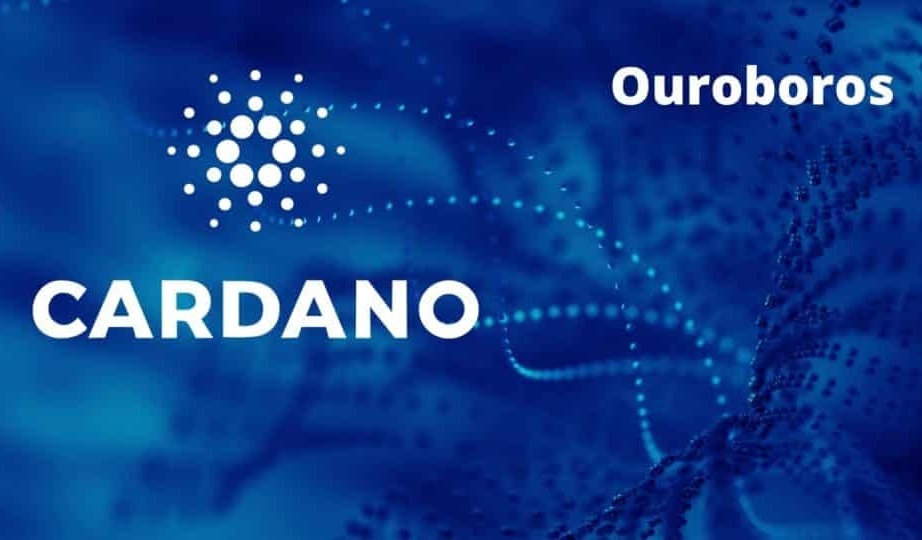
The Cardano blockchain consists of two main cores. The first core is the Cardano Settlement Layer (CSL for short), which acts as a computing unit and is where crypto owners can send and receive ADA transactions instantly at a minimal cost.
The second core of the Cardano Computational Layer (CCL for short) is a set of protocols that form the backbone of blockchain, helping to execute smart contracts and ensure security and compliance and other advanced features such as blacklisting and authentication.
In general, the heart of any blockchain platform is the algorithm used to create blocks and validate transactions; Hence, Cardano introduced a new consensus mechanism known as Ouroboros.
Cardano’s stock-proof protocol is set to create an unprecedented decentralization, But the mechanisms that guide and underlie it are still unknown to many.
Agnos Chiaias, Cardano’s great professor and senior scientist, understood the depth of the problems of decentralized systems and provided a detailed insight into how to manage Orobrus to solve these problems.
The design of a strongly decentralized system is usually very complex; Because they need to develop models that systematically address all the various threats that the system may face and prove that the stability and viability of the system and network are maintained at all times.
A secure decentralized system combines formal guarantees against various types of failure and attack models with the largest and most important failure class, the Byzantine models.
Byzantine models ensure that the stability and vitality of the system will be maintained; Even if a large number of network participants arbitrarily break the rules of the network.
The second point is the models of rationality, which assume that all participants in the network are maximizers of logical tools; For this reason, the characteristics of the system must be derived from their personal interests.
According to Kiaias, what makes Urobrus unique as a protocol is the fact that the protocol combines different design elements.
In other words, Aurobrus uses stocks as the primary source to identify the leverage that participants have in the system.
Aside from being resistant to indigenous attacks by work-proof protocols, such as the 51% attack and beyond, storage makes the protocol environmentally friendly; Because it requires minimal physical resources to run it.
In general, Orobrus is a chain-based stock-proof protocol that relies on randomly selected leaders to validate blocks, and like most blockchains, the node that adds the next block is rewarded for its efforts.

At the beginning of each period, the system selects leaders from the group of shareholders (those who have allocated currency to the network).
Orobrus looks at the distribution of signals in the ecosystem and divides time into periods from a random number source.

Each period is then divided into slots, and each period lasts for a very short time of about 20 seconds. Finally, each slot has its own slot leader that is randomly selected.

The slot leader acts like the miners in the POW (Proof of Work) protocol. In fact, they are the ones who select the blocks that are added to the blockchain. However, they can only add one block.
If the slot leader somehow loses his fortune and does not choose the block, he will miss his chance and will have to wait to become the slot leader again.
Finally, one or more slots can be left empty without the generated blocks; But most blocks (at least 50% of a block) must be produced over a period of time.
However, you should definitely be aware of the importance and role of slot leaders in the ecosystem; Therefore, to qualify for them, one must own 2% of Cardano shares.
These are called selector stakeholders, and they are the ones who select slot leaders for the next term in the current term.
The more shareholders participate in the system, the more likely they are to be elected slot leaders.
Now, since slot leaders have a lot of power, special attention must be paid to creating the conditions for elections to be as impartial as possible. Also, there must be some accident involved; For this reason, multiparty computation (MPC) is performed to achieve the random value.
In a multiparty calculation approach, each voter performs a random action called a coin toss and then shares their results with the other voters. Although each voter produces the results randomly, in the end, the consensus of the votes is agreed on the same final value.
Elections are divided into the following three stages:
- Commitment stage
- The obvious stage
- Recovery stage
Now let’s look at what happens at each stage.
Commitment stage

In the first step, the selector generates a hidden random value and then forms the commitment. Message commitment includes encrypted stock (keep this in mind for the recovery phase) and proof of confidentiality.
After that, the selector signs the commitment with his private key and specifies the course number, and attaches his public key. By doing this, and because the public key is attached to it, everyone can check who made that commitment.
In addition, it can be examined to which period the commitment relates. After doing so, the voter sends his commitments to the other voters. Finally, each voter collects the obligations of the other voter.
In other words, commitments enter the block and form part of the blockchain.
The obvious stage
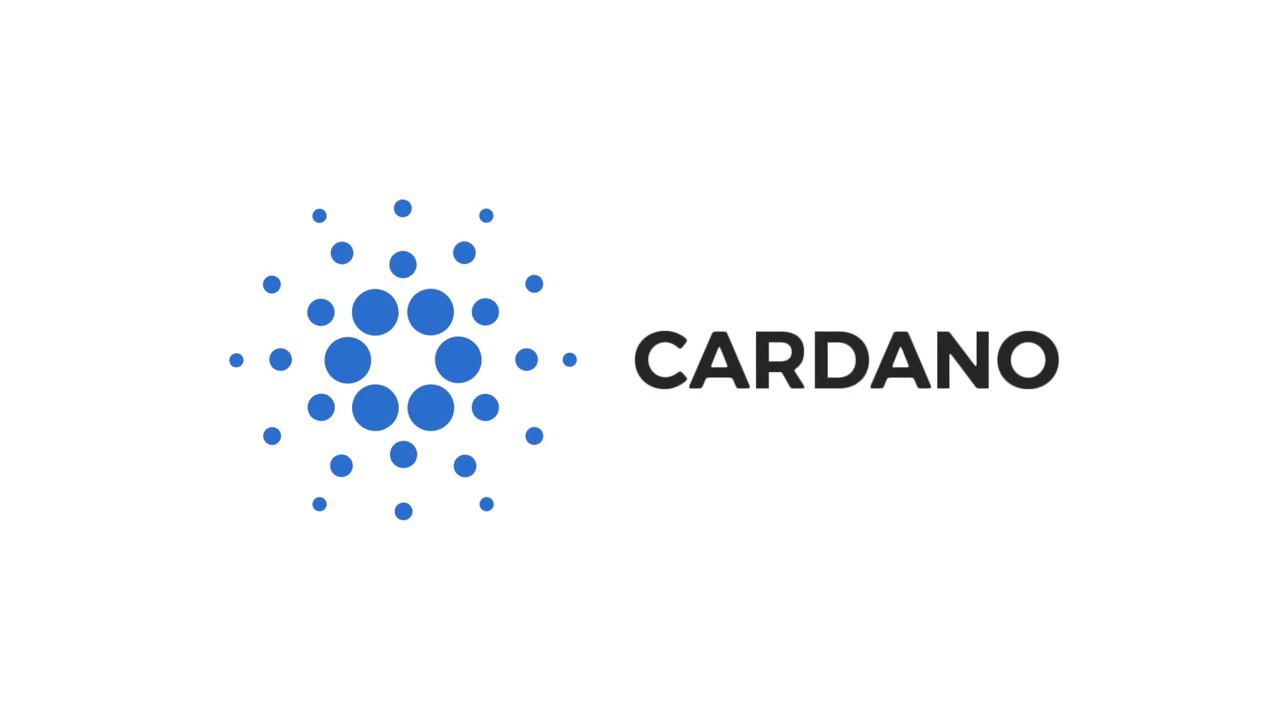
The second stage is the obvious stage. Think of commitments such as a locked box in which there is a certain secret and value that can unlock the box. This particular value is called the orifice.
This is what happens at this stage and the voters send their mouths. These openings are also located in the block and then become part of the blockchain.
Recovery stage

Finally, we have the recovery phase. At this time, the voter has both commitments and openings. However, some selectors may maliciously publish their actions and commitments without a password and share the locked box without a password.
To circumvent and overcome this issue, honest voters can send all the encrypted stock (as mentioned in the commitment stage) and easily retrieve the secrets.
Thus, even if some voters act destructively, the system will still work; Thus, by overcoming these obstacles, Orobrus gains his Byzantine fault tolerance.
Finally, the selector acknowledges that the commitments and openings are consistent. When this happens, the secrets of the commitment are extracted and form seeds.
A sperm is a byte string that is generated randomly. All voters now have this seed.
You may be a little misled by the complexity of this process; So, let’s pause for a moment and look at where we are right now. We select the slot leaders for the next round. We need some kind of accident to make sure the election is as biased as possible. Now the sperm provides us with this randomness, and now it is time to select the slot leaders. To do this, the Follow the Satoshi algorithm (FTS for short) is used.
FTS algorithm

The name of the algorithm is inspired by Satoshi Nakamoto, the unknown creator of Bitcoin. The FTS basically selects random coins from stocks. Whoever owns this coin becomes the slot leader. This is very straightforward; For this reason, the more active a person is in the system, the better their chances of winning the lottery.
Slot leaders have the power to select not only the main blocks of the blockchain but also other blocks within the Cardano ecosystem. Now, the main question is: how does the network factor become scalable?
Network
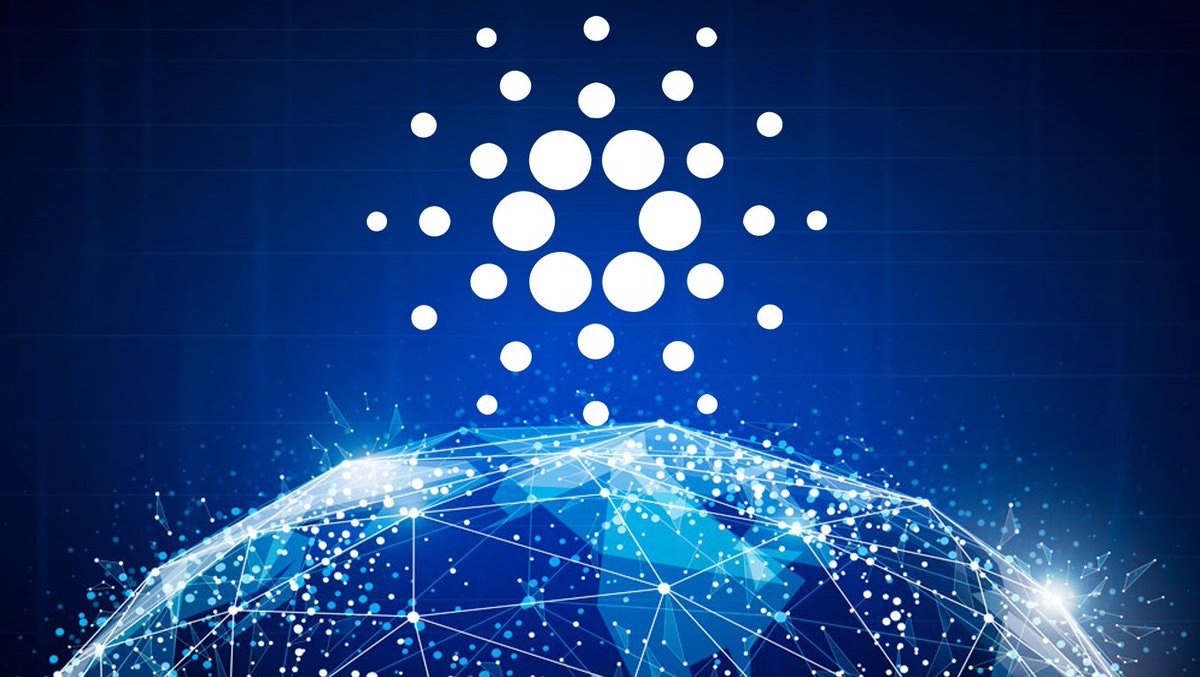
As usual, they carry simple bandwidth data transactions; Therefore, with the increasing number of transactions, the need for network resources also increases.
The concept is quite simple, and if the system wants to scale millions of users, the network needs 100 terabytes or exabytes of resources to survive.
In the same way, it will be impossible to maintain a homogeneous network topology; But what does it mean?
Inhomogeneous network topology, each node in the network sends each message.
Skype, for example, is a prime example of such a network, with most of it coming from a class of users who are all interested in making phone calls. However, in a decentralized network, this can be impractical for downsizing. Not all nodes may have the resources to transmit information efficiently.
To solve this problem, Cardano is looking for a new type of technology called RINA, the inter-network recursive architecture developed by John Dee. This is a new type of structural network that uses intelligent engineering policies and principles.
RINA aims to create a heterogeneous network that promises privacy, transparency, and scalability.
It does this in a way that you can guess how the network is organized informal capacity. It also hopes to work seamlessly with TCP / IP protocols.
RINA inherently provides the dynamics and network of multi-computing PCs and the quality of service without the need for additional support mechanisms and a secure and programmable environment and incentives for a more competitive market and integrates approval.
Element number two: interoperability
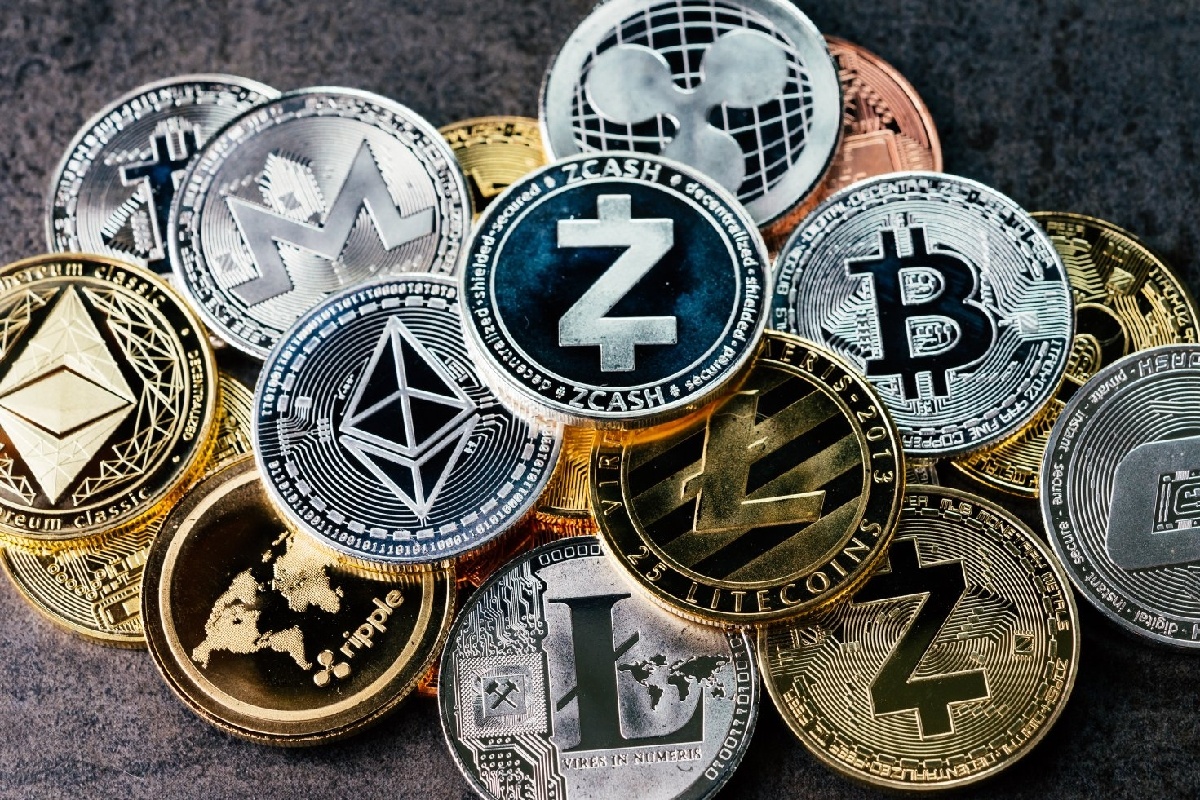
In the previous section, we looked at how Cardano scalability works, now we come to the second pillar, interoperability. According to Charles Hoskinson, the ability to work long and short is that there will be no code to manage them all. Let’s look at the current ecosystem.
In cryptography, there are various cryptocurrencies, including Bitcoin, Ethereum, Litecoin, and so on. Similarly, in the traditional financial system, we have systems such as the current banks that use SWIFT, ACH, etc.
The problem lies in the fact that it is very difficult to communicate with these individuals.
It is difficult for Bitcoin to know what is going on in the Ethereum network and vice versa. This doubles when banks try to communicate with cryptographers; For this reason, cryptocurrencies, which provide a gateway between cryptocurrencies and banks, become very powerful and important.
However, there is a problem:
money changers are not decentralized institutions and are extremely vulnerable. They can be hacked or out of reach for a long time to upgrade the system.
This is basically what happened to Binance Exchange a while ago.
In addition, there is another area where this false link between the traditional system and the world of cryptography can be catastrophic in the initial offering of coins (ICOs).
In ICOs, an entity can raise millions of dollars in exchange for its cryptocurrency. However, saving money in bank accounts is very difficult. Obviously, banks want to know where all this money came from and who provided it, which can be almost impossible to understand.
In general, working together requires a flexible, risk-free solution.
Third-generation cryptocurrencies must provide an ecosystem in which each blockchain can communicate with another blockchain and with old foreign financial systems; So, let’s look at how Cardano intends to increase interoperability in the world of cryptography and the traditional financial system.
The world of cryptography; Inter-chain communications and ancillary chains
Cardano’s vision is to create a blockchain Internet. Imagine an ecosystem where Bitcoin can flow into Ethereum and Ripple without the need for centralized and, ultimately, integrated Bitcoin.
For this reason, the inter-chain transfer is what Cardano wants to accomplish without any intermediaries. Cardano tries to make this important by using the implementation of side chains. Sidechain is a concept that has been around for a while in cryptocurrencies.
This idea is very straightforward; Because by using it, you will have parallel chains that work together with the main chain, and apparently, the side chain will be connected to the main chain through a two-way clamp.
Cardano will support side chains based on research by Kias Miller and Zindros (KMZ), including non-interactive proof of work. According to Hoskinson, the idea of side chains comes from the two elements of getting a blockchain compact and creating interoperability between chains.
What is Cardano used for?
When it comes to increasing interoperability with the traditional financial system, Cardano wants to focus on three obstacles that make the cryptocurrency world incompatible with them. These three obstacles are metadata and constitute documents and compliance.
Obstacle number one: metadata
Metadata means the story behind the transaction. If Mehdi spends 50,000 Tomans, its metadata can be as follows:
- What did Mehdi spend the money on?
- To whom did Mehdi give that money?
- Where did Mehdi spend the money?
This is not well planned in the cryptocurrency space; But in traditional banking, it is very necessary. In fact, this is one of the main reasons why most institutions try to send ICOs.
They simply do not have the metadata needed to provide banks.
In the current financial system, metadata is extremely important; Because it can be effective in purposes such as discovering and identifying resources and creating electronic data organization.
In addition, metadata allows data to be exchanged between different systems; Therefore, it improves the interoperability between the parties and is very useful in conserving resources, and helps to identify the characteristics and behavior of the data so that it can be reproduced when needed.
However, the problem with metadata is that it is very personal, and because data is stored permanently and transparently in the blockchain, we are in a situation where very private information can be permanently linked to the blockchain.
One of the main topics Cardano researches is how metadata can be selectively linked to the chain.
Obstacle number two: Documents
Documents, like metadata, are identified by assigning the names of the persons involved in the transaction; But is a particular deal basically attributed to everyone? If the blockchain permanently removes the assignment, the privacy of the people involved is severely compromised; Therefore, Cardano intends to enable its users to play documents whenever necessary.
Obstacle number three: compliance
The third obstacle is compliance. Compliance includes factors such as KYC (Know Your Customer), AML (Anti-Money Laundering), ATF (Counter-Terrorism Financing), and more. Conformity is also used to verify the legitimacy of the transaction.
Basically, if Mehdi pays Ali 50,000 Tomans, compliance will be used to ensure that the transaction is not done for evil purposes (for example, money laundering).
While the world of cryptography is not really useful in this area, in the world of banking the history and legitimacy of any transaction must be known.
What Cardano is researching is how to use adaptive metadata and documents to help users whenever they need to interact with banks.
Element number three: sustainability

Finally, we come to the third pillar, sustainability. According to Hoskinson, this is the most difficult step in overcoming problems, and it means how Cardano intends to secure its future development and growth costs. Funding and ICOs will usually be required to develop the platform and make some improvements to the system.
However, both methods deal with the same problem. Supporting the problem will create a potential focus.
If a large company provides a large number of grants to a blockchain-based company, it may direct and influence the course of changes in the system.
With ICOs, this is like a sudden shaking of money, without stable models, and adds a completely unnecessary code to the ecosystem. With that said, something different and more sustainable needs to be done. Cardano intends to draw inspiration from Dash ciphers and create a treasury system.
How Cardano Treasury Works
Each time a block is added to the chain, part of the block reward is added to the treasury; Therefore, if someone wants to develop and change the ecosystem, they will send a vote to the treasury to ask for a grant, and if they do, the sender will receive a development grant. This system has two main advantages.
As more blocks are discovered, the treasury continues to fill up. Also, it is directly proportional to the capacity of the network, and as the network grows, the available resources become more and the voting system becomes more decentralized. However, there are major obstacles to using this feature.
These problems are as follows:
- A fair voting system needs to be established.
- Voters should have incentives to vote and participate in the system.
- The vote of all people must have some value so that the situation of the type of tragedy of the common people does not occur.
- The process of submitting votes should be easy and simple.
- The whole process should be as decentralized as possible.
For some time now, Cardano has identified a system that he could use to overcome these problems. The system is a combination of the liquidity of democracy and the incentives of the treasury model.
How does Liquid Democracy work?
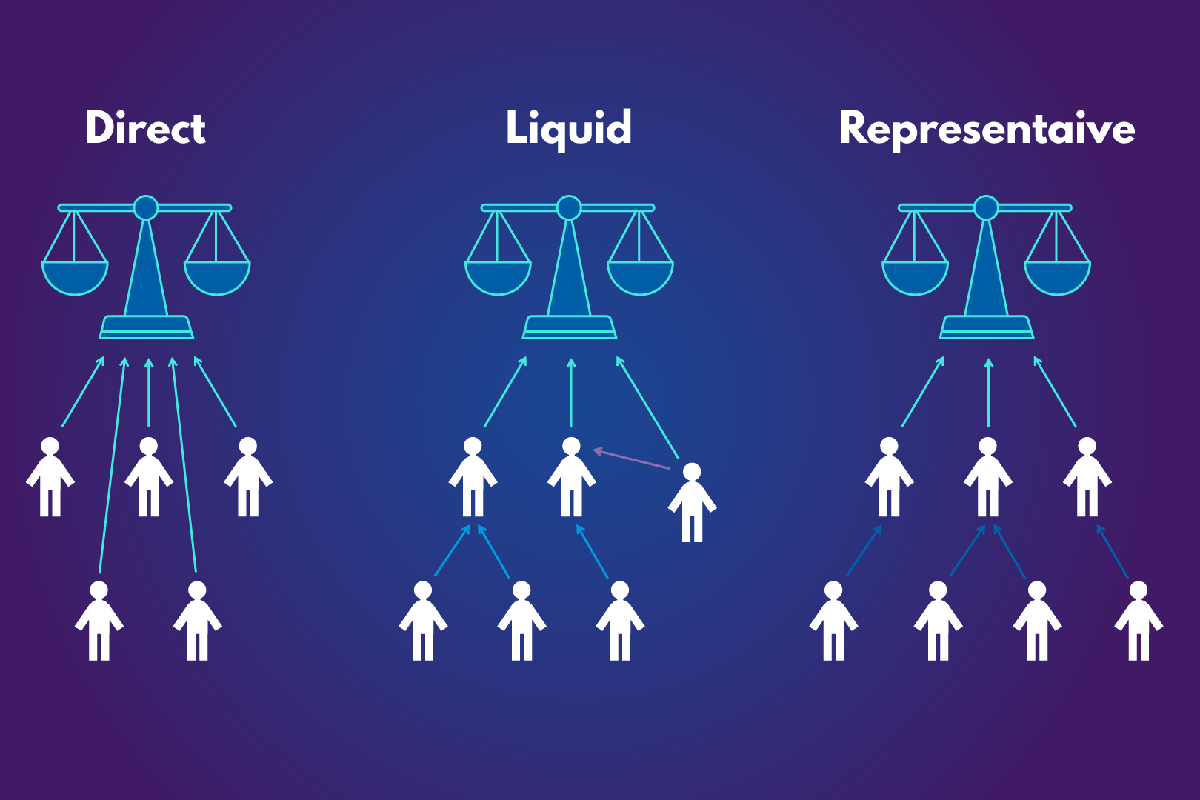
Liquid democracy is a system that shifts between direct democracy and representative democracy. In this process, people can vote directly on their policies, and individuals and delegates can delegate their voting responsibilities to a representative who can vote on their policies.
This feature in which a representative can appoint a representative is called portability.
If the person who casts his vote does not like the vote of his representatives, he can easily withdraw his vote and make a new policy decision; So, what are the benefits of Liquid Democracy?
In the liquidity of democracy, the opinion of each individual is important in creating the final policy and plays a significant role in it. To become a representative, all you have to do is gain the trust of the person.
With this system, you will no longer need to spend millions of dollars on expensive campaigns; For this reason, barriers to entry are relatively small and negligible.
Because of the option of swinging between direct and delegated democracies, minority groups can be represented more fairly. Eventually, a scalable model will be created, and anyone who does not have time to vote on their policies can easily relinquish their voting rights responsibilities.
Cardano has a long-term roadmap for continuous development and plans to improve and expand its platform by providing numerous updates.
The Cardano roadmap is released in five stages, most of which are being implemented or are about to be implemented.
These five steps are as follows:
- Byron: Enables users to trade and transfer ADA. Cardano’s main network was also launched.
- Shell Ensures that technology is available to turn it into a fully decentralized and autonomous system.
- Gogun: will see the merger of smart contracts.
- Basho: Prioritizes performance improvement.
- Voltaire: The IOHK will add a treasury and governance system.
Ways to get a card
Cardano Cards (ADA) can be obtained in a variety of ways that can be used as a future investment or in transactions for direct value transfer:
- Buying or exchanging Cardano: For those who want to invest or buy ADA cryptocurrencies, there are countless domestic and foreign exchanges where you can register to buy Cardano cryptocurrencies with the ADA symbol; Of course, you should note that due to some issues, some foreign exchange offices do not support IP Iran, and to register in them, you must consider all the aspects and risks of blocking. After completing the registration and verification steps, you can directly convert Bitcoin or Tetra to ADA in a few seconds.
- Cardano Extraction: As we have already described in detail, Cardano uses the Orobrus consensus mechanism, which is a kind of evidence of stocks; Therefore, Cardano cannot be extracted in the traditional way using graphics cards, mining rigs, or even hard drives. In other words, by providing ADA ciphers and assigning them to the network, you can participate in transactions and receive a reward for each transaction as ciphers.
Cardano price
In general, there are several ways to view the instantaneous price of Cardano, and here are two of the simplest:
- You can search for “Cardano Price” in your browser.
- The website can Kevin Marktkp or Kevin Gecko visit Cardano price and other post-graduate Rmzarz·ha to see Hmrahba information.
Pool Cardano
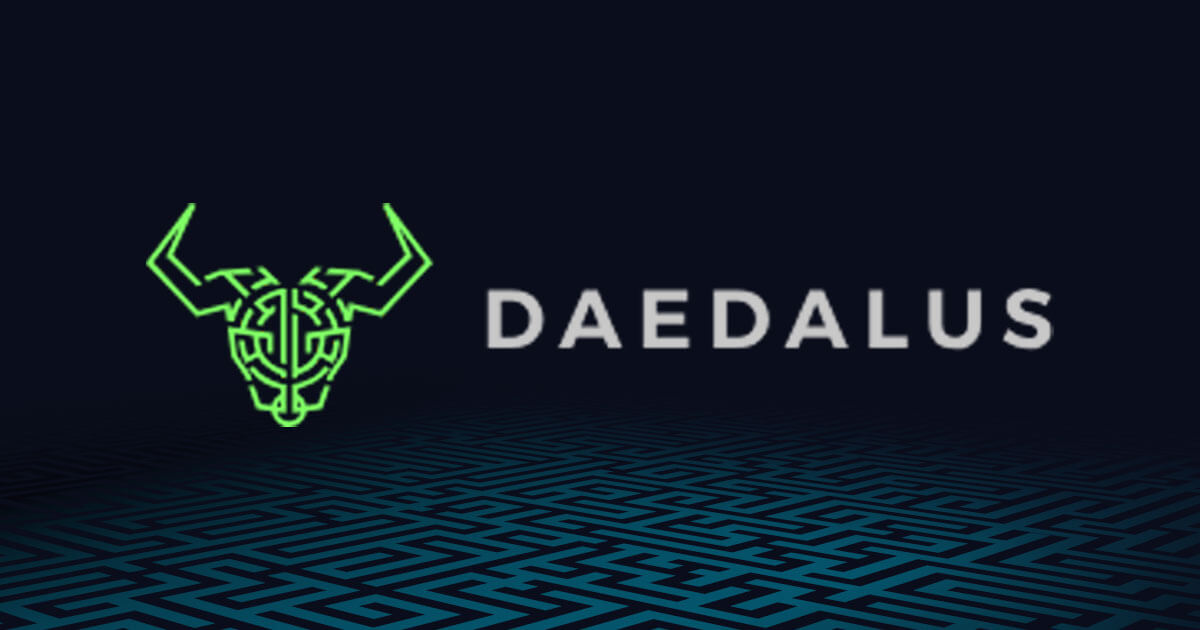
ADA storage is not difficult and you can store it in your hardware wallet or software wallets installed on your smartphone, tablet, and computer.
Each of these methods has its own characteristics; Therefore, you can use a combination of them. Mobile wallet is a great way for newcomers to enter the cryptocurrency market.
It is free to download and very easy and safe. These can often meet the needs of investors. Two examples of the top software wallets that support Cardano are Atomic and Exodus, which can be installed on desktop and mobile.
In addition, the Guarda wallet is a good option and supports three modes of use: desktop and mobile.
- Daedalus wallet: The official wallet is called Cardano Daedalus. This bag is very safe and provides useful features to the user. You can download the wallet from the official Cardano website on Windows, Mac, and Linux computers.
Meanwhile, more professional users with more transactions and security reasons can consider hardware wallets. Hardware wallets are more secure than mobile wallets; Because it stores cryptocurrencies offline and in very safe conditions.
- Hardware case: Ledger Nano S or the more advanced Ledger Nano X model both support ADA and can be ideal options for secure storage of these cryptocurrencies.
Cardano price forecast
At present, the digital currency market is not experiencing stable conditions due to the significant decline in the price of bitcoin and is suffering from the so-called. Naturally, Cardano is no exception, and at the time of writing, ADA coders are trading in the $ 1.54 range after a $ 2.46 peak.
Nevertheless, a clear vision for these cryptocurrencies can be imagined. Cardano will become one of Ethereum’s competitors after Alonzo’s much-anticipated upgrades and the creation of a platform for smart contracts, and its value will naturally increase; On the other hand, Ethereum is also facing a major 2.0 update, which could be a huge response to all competitors like Cardano.
Cardano or Ripple
Cardano and Ripple have always been in close competition with each other due to their close price and trading volume. In fact, Ripple is a centralized text-based payment protocol; As we said at the beginning, Cardano is completely decentralized and this can be a winner for this digital currency.
Also, Ripple has been arguing with the US Securities and Exchange Commission (SEC) for some time, and this could harm its future.
Ripple launched in 2012 and has been able to expand its blockchain to some organizations. However, Cardano has more advanced technology and a more active development team, and in general, maybe a better option for long-term investment.
The future of Cardano

Despite Cardano’s strong dependence on the academic community, there are still some people in the industry who point to potential network problems.
Specifically, Vlad Zamfir, a researcher in the Ethereum stock-proof algorithm, argues that chain voting is dangerous. He points out that the forces of the system change the rules incomplete nodes.
This strategy eliminates the important consideration and balance provided by knowledgeable node operators; But bypassing this argument, the evidence shows that Cardano will be a key element in the blockchain sector for many years to come, given the network’s continuity and growth.
Its unique approach and technical advances will surely continue to be a hot topic in this sector as development continues.
The Cardano and Crypto team are pursuing long-term, coherent goals to make the platform even better, and many experts believe it could be a tough competitor to Ethereum.
At the time of writing, ADA, in close competition with BNB (Binance Network Cryptocurrencies), is ranked fifth in the list of the largest cryptocurrency transactions by three steps compared to Ethereum.













